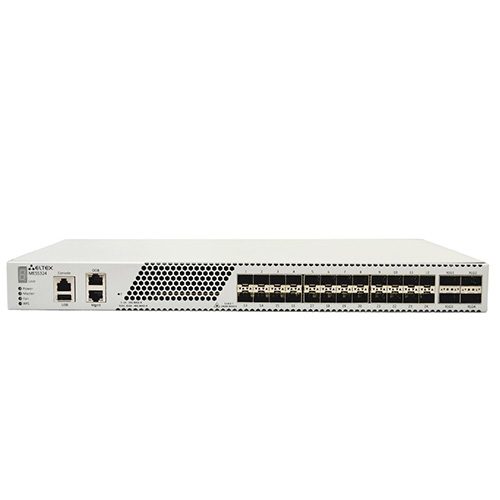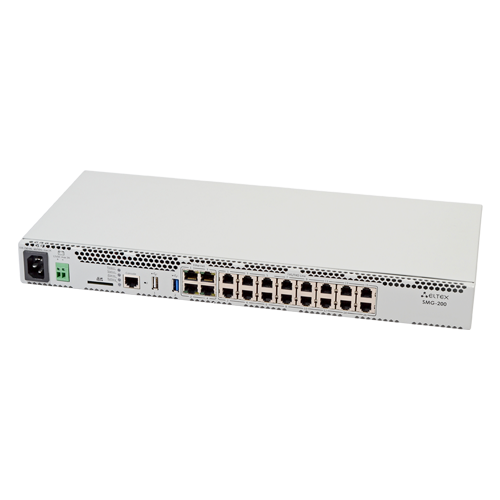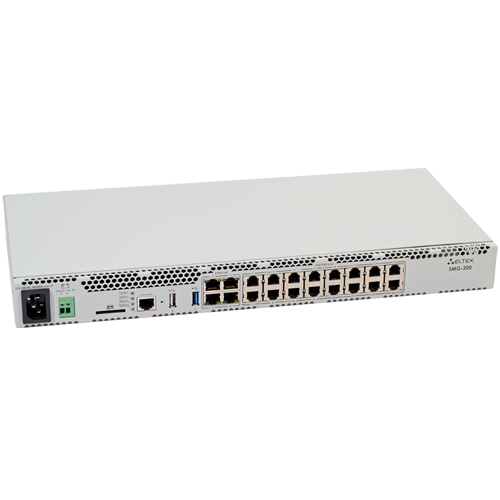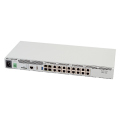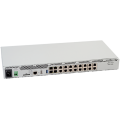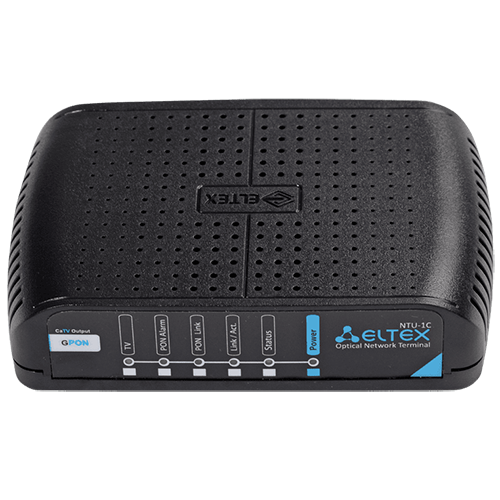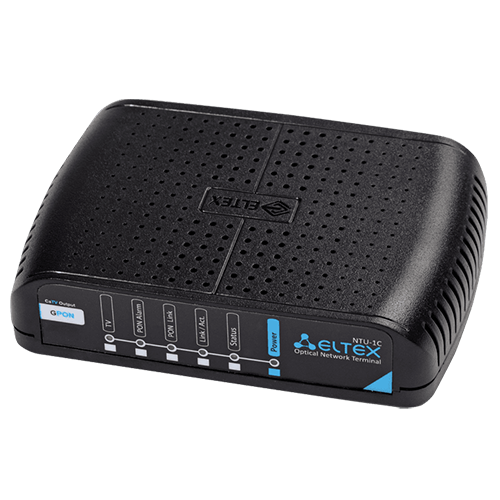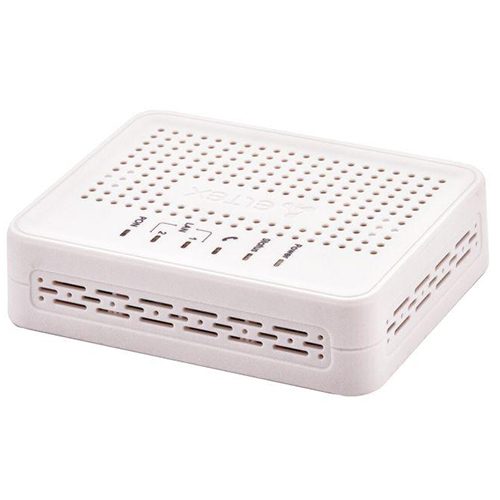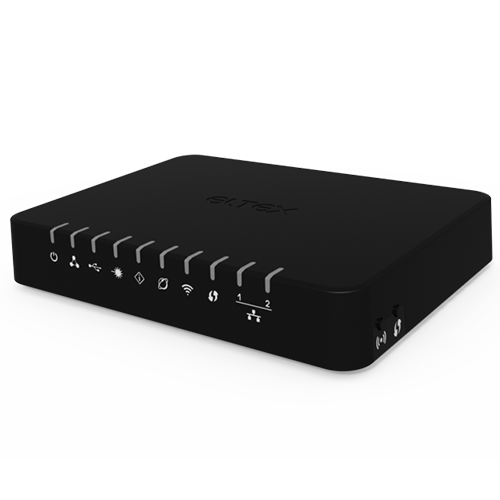MES5324 switches are high performance devices with 10GBASE-R and 40GBASE-SR4/LR4 interfaces that can be used as aggregation or transport switches in carrier networks and as Top-of-Rack or End-of-Row switches for data centers.
The non-blocking architecture guarantees lossless packet forwarding at wire speed with minimum and predictable delays for all types of traffic. The front-to-back cooling provides effective cooldown in modern data centers.
The redundant and hot-swappable fans and AC/DC power supplies with advanced hardware monitoring functions provide high reliability and uninterrupted services.
